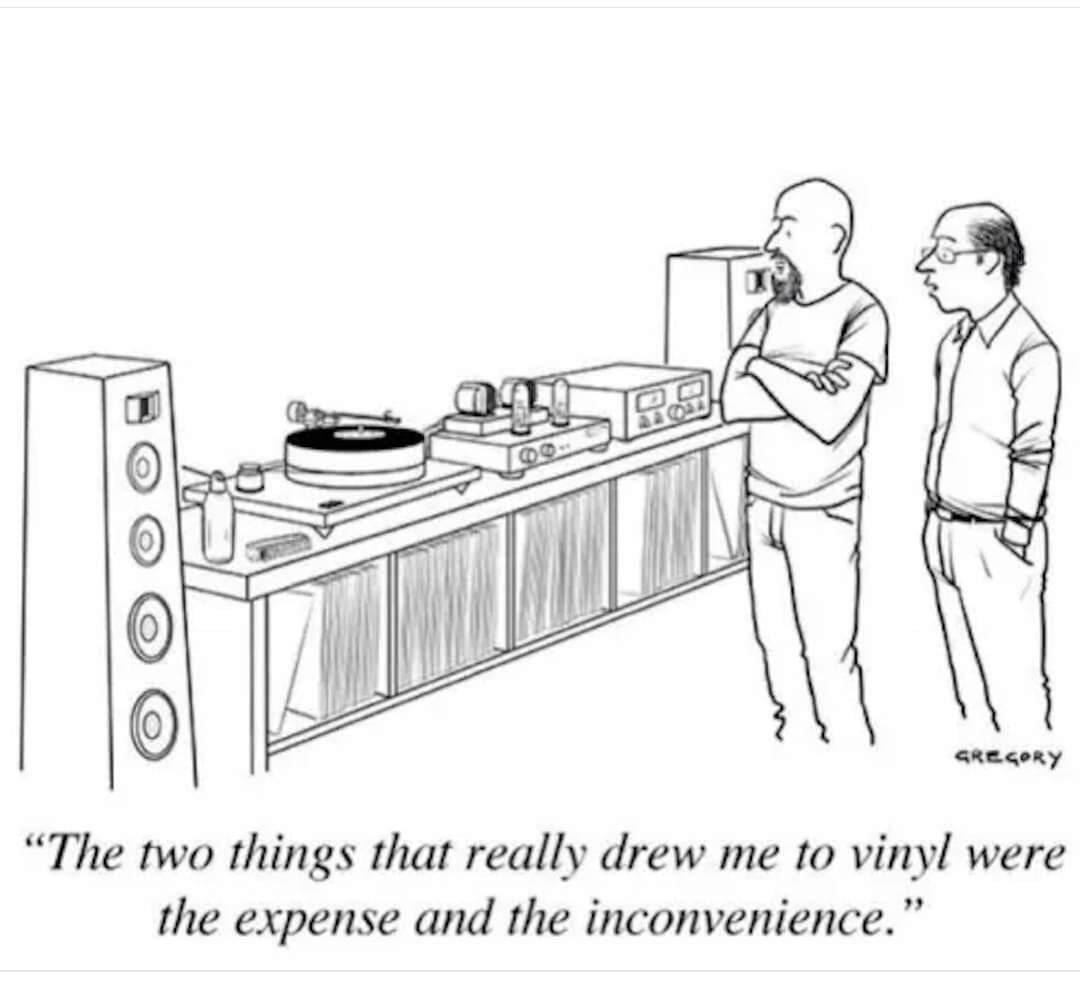The issues you describe sound like it could be a less-than-optimized set-up.
My guess is that if you haven’t spent the time to fine-tune your table set up, then that’s where I’d start. Now, perhaps your particular model doesn’t allow for much fine-tuning, which would be a related issue. Nevertheless, if your cartridge isn’t perfectly aligned and sorted out together with your arm and table, then you’re not hearing what your rig is capable of.
I’d start there.
You’ll learn more about how it all fits and works together. There are various tools that can aid you. Do all that before investing in a new anything. Then, from there make a call.
Vinyl is an incredible medium but it takes work to optimize it.


